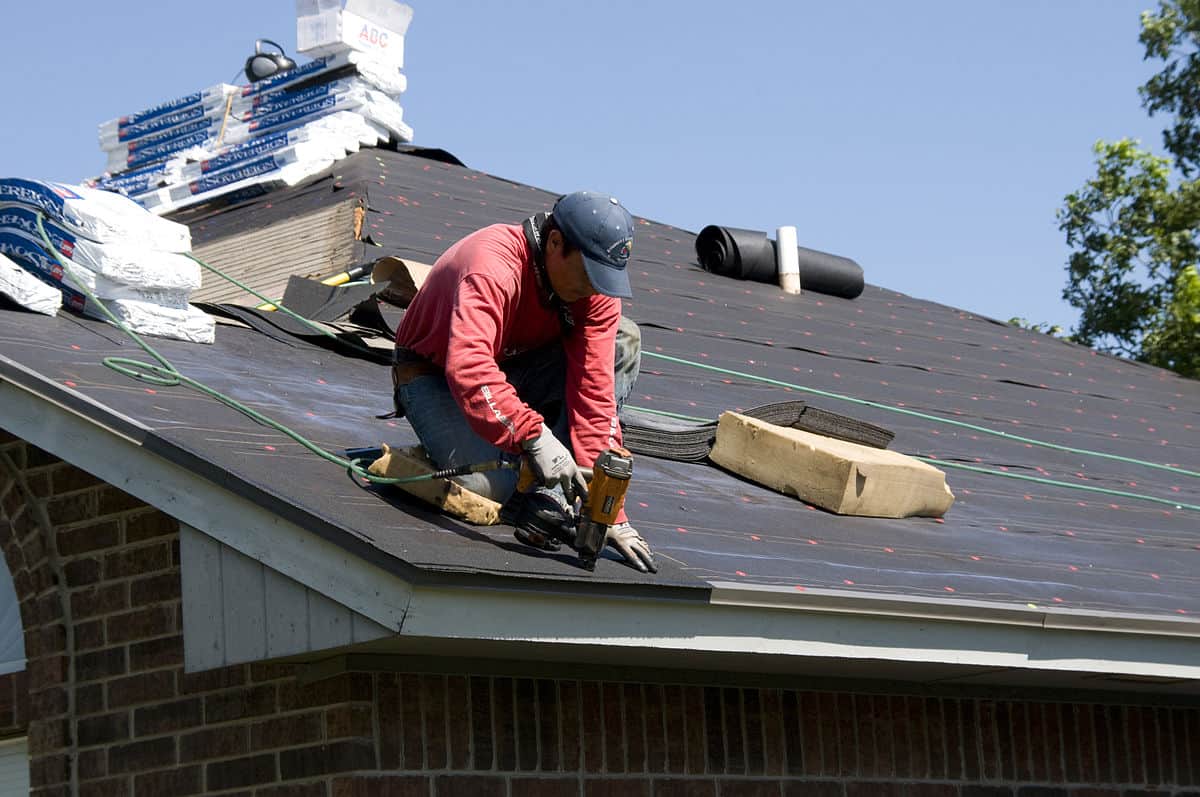Finest Practices for Ensuring Correct Roof Covering Air Flow
Guaranteeing correct roofing ventilation is critical for the longevity and performance of a roof. A balanced consumption and exhaust vent proportion, frequently 1:300, plays an essential function, with intake vents preferably put at the lower edge of the roof covering for trendy air access and exhaust vents at the height for warm air exit. Routine assessments to recognize clogs and keep clear air movement are vital. Furthermore, maintaining insulation away from vents is vital to protect against air flow restriction. Recognizing these foundational aspects establishes the phase for more in-depth insights right into setup and maintenance practices that can dramatically boost your roof system's efficiency.
Understand Ventilation Fundamentals
Correctly recognizing air flow basics is important for making sure the durability and performance of roof systems. Effective ventilation reduces dampness build-up and temperature extremes in the attic, both of which can bring about significant architectural damage over time. A well-ventilated roof assists in stopping common issues such as mold and mildew growth, wood rot, and ice dams, which can endanger the honesty of the roof products and the underlying structures.
The key objective of ventilation is to assist in the activity of air, enabling a consistent exchange in between the exterior and indoor settings. This balance is achieved via a combination of consumption and exhaust vents that work together to preserve optimum air flow. Intake vents, normally located along the eaves or soffits, permit fresh air to get in the attic space, while exhaust vents, typically located at or near the roof covering ridge, allow hot, moist air to run away.
Key factors influencing the performance of roofing air flow include correct placement, adequate sizing, and ensuring that both intake and exhaust vents are unblocked. Routine inspection and upkeep are critical to identify possible clogs, damages, or inadequacies in the air flow system, consequently protecting the roof covering's performance and durability.
Kinds Of Roofing Vents
Roof covering vents play a critical duty in keeping efficient attic room air flow and, by extension, the total health and wellness of the roof system. Numerous kinds of roof covering vents are available, each with one-of-a-kind advantages tailored to particular roofing requirements.

Soffit vents are installed under the eaves and operate in tandem with roofing vents to make sure a well balanced intake and exhaust system. By permitting cooler air to get in from below, soffit vents assist in the expulsion of warm air via top vents. Gable vents, located on the exterior walls of the attic room, offer one more efficient service, especially in homes with gable roofing systems.
Assess Your Existing Air Flow

Following, take into consideration the age and problem of your roofing materials and air flow elements. Older systems may not abide by existing building ordinance or might have weakened in time, reducing their efficiency. Conduct a complete evaluation to recognize any kind of indicators of damage, such as rust, damages, or gaps that might compromise the system's efficiency.
In addition, determine the attic temperature and moisture degrees. Heats and humidity can indicate poor air flow - gainesville fl roofing companies. Use a hygrometer and thermostat to obtain accurate analyses, comparing them with exterior problems. Consistent discrepancies suggest possible issues that require dealing with.
Installation Best Practices
Efficient setup of roof ventilation systems is extremely important for ensuring optimum efficiency and durability. Correct setup begins with understanding the specific air flow needs of the building and the roof covering it covers. This entails determining the right ratio of intake to exhaust vents, generally sticking to the 1:300 regulation, which states one square foot of ventilation for every 300 square feet of attic floor space.

The positioning of vents is equally important. Intake vents need to be installed at the roofing's reduced edge, often in the soffits, to allow amazing air to get in. Exhaust vents, on the various other hand, need to be set up near click for more or at the roof's optimal to facilitate the departure of cozy, damp air. This creates a natural air movement that assists maintain temperature and dampness balance within the attic room space.
Seal all air vent links carefully to stop air leaks and prospective water seepage. Usage high-grade products and follow producer guidelines to make sure durability and performance. Additionally, incorporating ridge vents with baffles can considerably boost air movement efficiency by preventing wind-driven rain and snow from getting in the attic.
Ultimately, specific installment of roof covering ventilation systems mitigates prospective issues such as mold growth, ice dams, and architectural damages, ensuring the roofing's integrity and the structure's overall health.
Regular Upkeep Tips
Consistency in upkeep techniques is essential to guaranteeing the long-lasting performance of roof covering air flow systems. Throughout these assessments, guarantee that vents are totally free of debris, nests, and other blockages that could hamper airflow.
Cleaning the vents is one more vital job. Use a soft brush or a vacuum to remove dirt and debris from consumption and exhaust vents. Be mindful not to harm the vent screens or louvers throughout the process. In addition, evaluate the attic area for any type of signs of water damages, which could jeopardize the honesty of useful reference the roofing system.
Appropriate insulation is just as vital. Make certain that attic room insulation does not obstruct the vents, as this can seriously restrict airflow. If any insulation has moved or resolved, reposition or replace it to preserve an efficient obstacle.
Lastly, change any harmed or missing parts immediately. Broken vents, cracked shingles, or scrubby flashing can all add to insufficient air flow and ought to be attended to right away. Routine maintenance ensures that the roof covering ventilation system works optimally, consequently expanding the life expectancy of the roofing itself.
Final Thought
Ensuring correct roof ventilation is vital for maintaining the performance and resilience of a roof. Adherence to the 1:300 intake and exhaust vent proportion, coupled with the critical positioning of vents, is necessary. Regular semiannual assessments, particles cleaning, and ensuring insulation does not obstruct air movement are critical practices. Executing these ideal methods will foster a well-ventilated roof covering system, thus reducing possible problems associated to moisture build-up and excessive warm, eventually lengthening the roofing's life-span.
A well check balanced consumption and exhaust air vent proportion, generally 1:300, plays a pivotal function, with consumption vents preferably positioned at the lower side of the roofing for trendy air entry and exhaust vents at the peak for cozy air departure. Consumption vents, typically situated along the eaves or soffits, enable fresh air to go into the attic space, while exhaust vents, often situated at or near the roofing ridge, enable warm, moist air to run away.
Soffit vents are installed under the eaves and work in tandem with roof vents to make sure a balanced consumption and exhaust system. By permitting cooler air to go into from below, soffit vents help with the expulsion of warm air via upper vents. Adherence to the 1:300 consumption and exhaust vent ratio, coupled with the calculated positioning of vents, is essential.